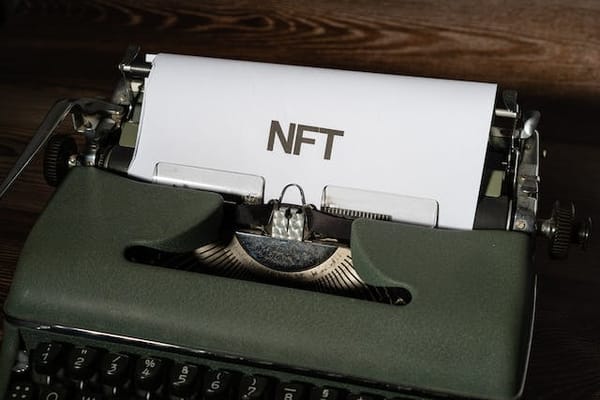Government Economic Policies: A Comprehensive Overview
Navigate the economic landscape with our comprehensive guide on Government Economic Policies. Gain insights into shaping economies, fostering stability, and influencing the financial future

In the intricate dance of global economics, the policies that governments put into action have repercussions that can ripple across nations, affecting every industry, marketplace, and individual. For policymakers, economists, and those studying the complex web of financial operations, understanding these policies is paramount. This comprehensive overview dives into the multifaceted world of government economic policies, dissecting the pivotal roles they play and the tools and levers at their disposal.
Introduction
At the heart of economic stability and growth, government economic policies stand as architects and caretakers, shaping the financial landscape within which individual and corporate wealth and poverty fluctuate. We begin this exploration by underlining the importance of these policies and their profound influence on the wellbeing and success of a nation's economic system.
Overview of Economic Policies
Before diving into the specifics of each type of policy, it's crucial to distinguish the various strands in the tapestry of government economic policies. We'll dissect monetary policy, fiscal policy, trade policy, and industrial policy, highlighting their unique roles in crafting a healthy economy and assessing their strengths and limitations.

Monetary Policy
Monetary policy, governed primarily by a country's central bank, is instrumental in regulating money supply and interest rates to control inflation, stabilize currency, and foster economic growth.
Definition and Objectives
Monetary policy crafts a framework for managing the flow of money. At the heart of this policy lie twin objectives: controlling inflation and stabilizing the market. Through its sculpting of interest rates and influencing reserves, central banks aim to achieve these crucial goals.
Tools and Instruments
Central banks have an arsenal of tools to bring the desired effects. Open market operations, reserve requirements, and the discount rate all factor into their strategy for controlling reserves, thus affecting interest rates and the availability of credit, with the aim to direct economic currents.
Examples of Central Banks and Their Roles
Illustrative examples from the Federal Reserve in the United States to the European Central Bank on the continent provide insight into the roles and impact that central banks wield. The nuances of their specific policies also offer valuable lessons in the authority of effective monetary strategies.
Fiscal Policy
Complementing the maneuvering of monetary policy is the broader aspect of fiscal policy. Managed by the government, this policy involves adjusting tax rates and public spending to influence macroeconomic conditions.
Definition and Objectives
The objectives of fiscal policy are to promote full employment, maintain stable prices, and encourage economic growth. By altering government spending, taxation, and transfer payments, fiscal policy aims to manipulate aggregate demand, thus impacting the economy.
Tools and Instruments
Tax cuts, tax credits, and government spending programs are the primary tools in the fiscal toolbox. These serve to either increase or decrease the financial resources in the hands of the populace or private enterprises, thereby affecting spending and investment decisions.
Case Studies of Successful Fiscal Policies
Pointing to successful applications of fiscal policies, we can analyze the transition from a recession to growth in post-World War II economies through smart public spending, showing instances where bold fiscal measures catalyzed economic resurgence.
Trade Policy
Economic globalization has underscored the significance of trade policy. Here, governments mold policy to influence imports, exports, and the flow of goods and services across national borders.
Definition and Objectives
Trade policy aims to promote economic growth by facilitating international trade. This includes the reduction of tariffs and other trade barriers to allow the free flow of goods, services, and information that can foster competition and innovation.

Different Types of Trade Policies
From protectionism to free trade agreements, there are several ways trade policy can be enacted. Assessing the benefits and drawbacks of each approach demonstrates how these policies can be wielded as a double-edged sword, either chiseling open markets or barricading against global integration.
Impact on Domestic and International Trade
The effect that these policies have on the domestic and global economy cannot be overstated. They can support burgeoning industries, provide consumers with a variety of goods, and form the economic foundations of regions and nations.
Industrial Policy
Whereas the preceding policies influence the broader economic environment, industrial policy focuses on specific sectors or industries, often technology or strategic sectors, to stimulate growth and improve national strength.
Definition and Objectives
The core objectives of industrial policy are to promote the development and growth of industrial sectors or products. This can include various incentives, subsidies, and efforts to mitigate market failures that impede growth in certain industries.
Role in Promoting Economic Growth and Development
By bolstering nascent industries, industrial policy can be a powerful force in economic transformation and development. It paves the way for comparative advantages and long-term competitive edge, positioning nations strategically in the global marketplace.
Examples of Successful Industrial Policies
Storied successes, such as the developmental policies that spearheaded the rapid industrialization of East Asian economies, offer a blueprint for the strategic and judicious application of industrial policy to achieve sustained economic growth.
Conclusion
The spectrum of government economic policies is broad and their effects far-reaching. By understanding the intricacies of these policies and examining real-world examples, economists, policymakers, and students are better equipped to engage with the levers of economic progress and weather the ever-changing tides of global finance. It is a complex dance, fraught with challenges, but one that, when mastered, can lead to prosperity and growth for entire nations.



